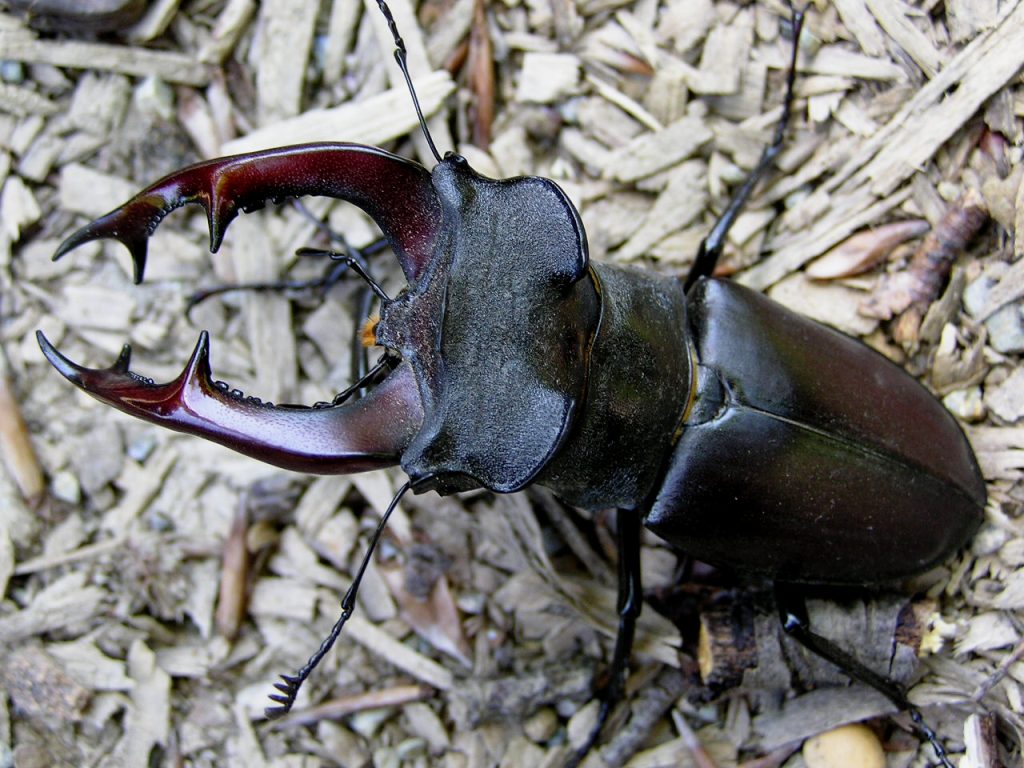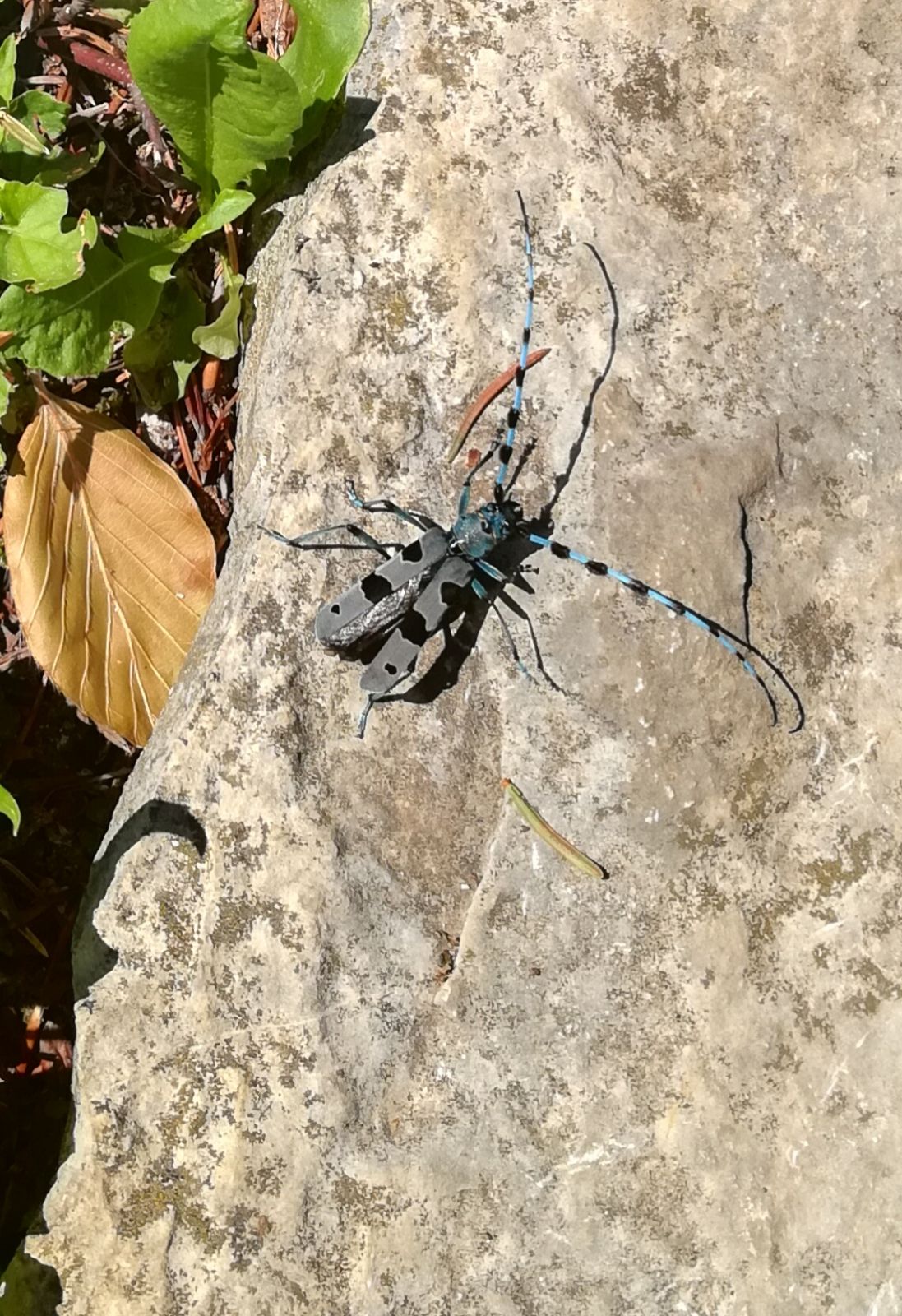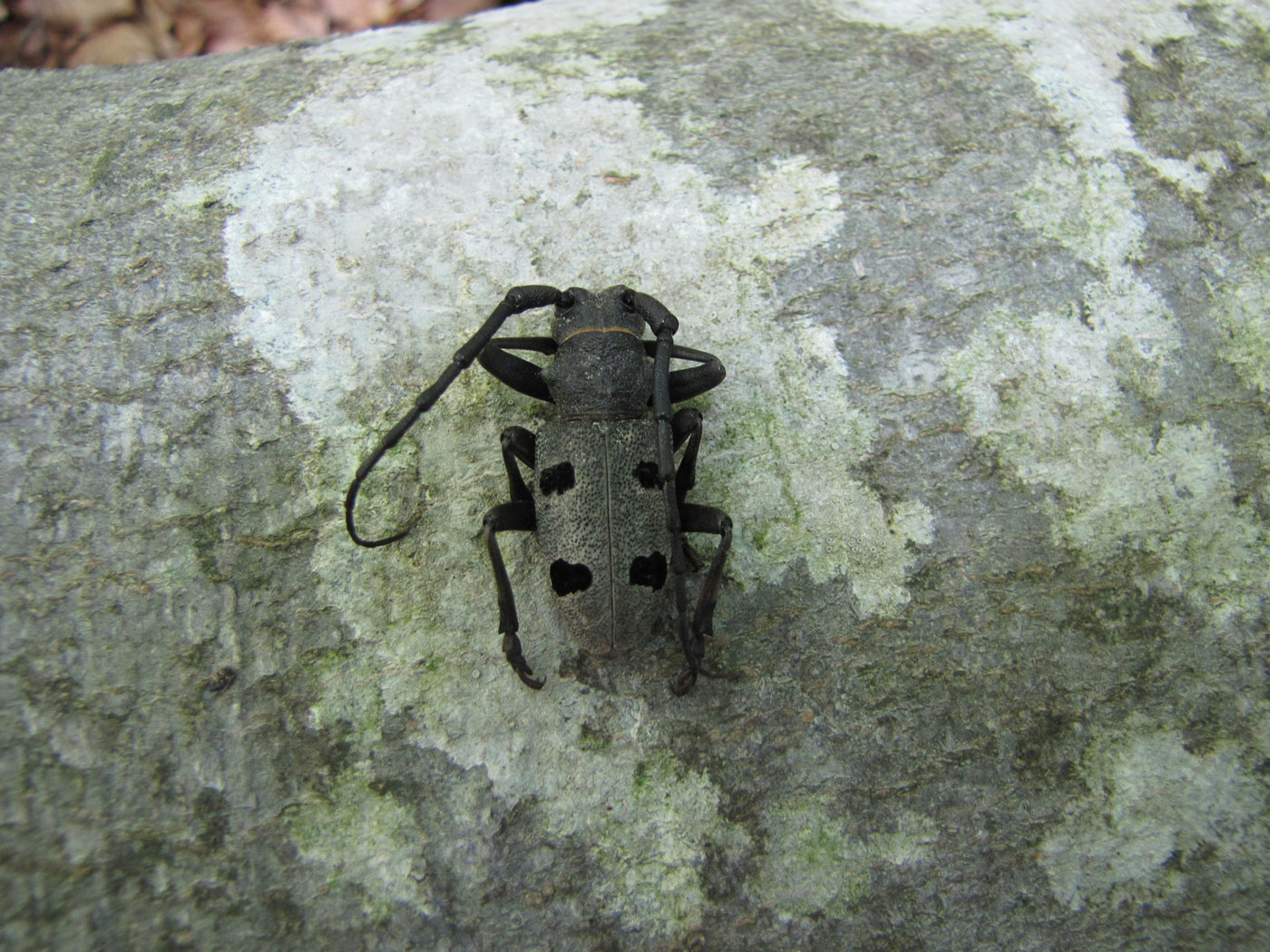Saproxylic beetles depend on deadwood, either as a source of food or a place to reproduce in. Forest habitats in Plitvice Lakes National Park are well suited to saproxylic beetles, especially those whose biology and ecological requirements are related to beech and beech-fir stands. The Park’s forests are not managed, but rather left to develop naturally. For the conservation of saproxylic species, it is essential not to remove but to protect old trees in the ecosystem, especially trees with dead branches, hollows, and a large trunk diameter, and dead trunks, as well as stable climatic conditions (sunlight, but also a certain degree of soil moisture and thus deadwood).
Croatian Ecological Society conducted the project of documenting and monitoring the status of saproxylic beetles between 2021 to 2023 in cooperation with the Park’s Professional Service Department.
The project aimed to assess the distribution of Natura 2000 saproxylic beetle species, determine their ecological traits and assess the population status. The target species for the Plitvice Lakes National Park ecological network area include the long-horned beetle (Morimus funereus), the hermit beetle (Osmoderma barnabita), and the rosalia longicorn (Rosalia alpina). In addition to these, several other species of saproxylic “NATURA 2000” beetles have been recorded: the European stag beetle (Lucanus cervus), the Rhysodes sulcatus, and the flat bark beetle (Cucujus cinnaberinus), along with many other species of saproxylic beetles.





